Years later, I realized which ceiling is better: suspended or whitewashed. I tell you what and why
Content:
One of the most pressing questions that arises in the process of renovation work is how best to make ceilings in an apartment? If you are in a hurry to move into a new home and do not have enough money to purchase expensive materials, you can simply refresh the ceiling with whitewash. A stretch ceiling is not cheap, but after its installation the interior of the room will be transformed beyond recognition.
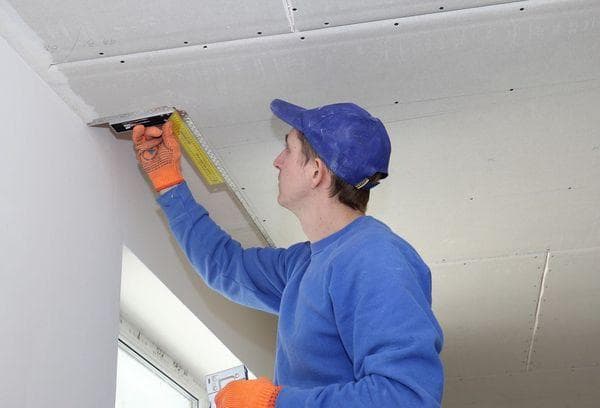
You can also use PVC panels, plasterboard, wallpaper and other materials to finish the ceiling. What features they differ in and which material is better to choose in each specific case, we will consider below.
Whitewash
Very often, plasterboards are used to finish the ceiling. After their installation, it is necessary to seal the seams, putty the surface, and only then apply water-based paint.
This repair option is justified only if there are uneven ceilings. If they are perfectly smooth, then it makes sense to use regular whitewash. Among all the finishing options, it is the cheapest, and in appearance it is almost no different from water-based emulsion. The use of whitewash will eliminate the need to lower the ceilings, which is important if they are already low.
Adding dyes to the whitewash will allow you to organize the interior in the desired color scheme. And if desired, you can apply colored patterns on top of a plain whitewash using a stencil.
It is not advisable to use whitewash in the bathroom, kitchen and other rooms with high humidity.
Stretch ceiling
If you want to give your apartment a modern, stylish look, you can install suspended ceilings. This type of finishing has the following advantages:
- presentable, expensive look;
- the ability to hide uneven surfaces;
- ability to withstand heavy weight, which is important in case of flooding of the apartment by neighbors from above;
- the ability to select a variety of colors, patterns, textures of tension material.
The disadvantages of a stretch ceiling include its high susceptibility to low temperatures and mechanical damage.
It is very difficult to do such repairs on your own, so in addition to the cost of materials, you will have to pay for the work of the craftsmen.
This type of finishing cannot be used in unheated rooms, since the material will begin to stretch over time and lose its attractive appearance.
Application of finishing materials
The modern construction market is represented by a wide range of finishing materials. They are recommended to be used for finishing the ceiling by anyone who does not want to resort to the most primitive method - simply whitewash the surface and wait for it to dry.
1. Drywall
This material can be used to create a flat ceiling or suspended structure with relief curves. Such repairs look beautiful and presentable, and the material is environmentally safe, relatively low cost, and resistant to mechanical damage.
Using drywall you can hide the uneven surface of the ceiling and disguise communications.
For installation in a bathroom, kitchen or other room with high humidity, you will need to choose special moisture-resistant grades of drywall.
The disadvantage of the material is that when installing it, additional space in the room is stolen. Without special tools and skills, installation work will not be possible. Accordingly, you will have to spend additional money to pay for the work of the craftsmen. Another drawback is that after installation, the surface of the material will need to be sealed at the joints and finished with paint or wallpaper.
2. PVC panels
Ceilings made of PVC panels are often installed in the bathroom, hallway and kitchen. The advantages of the material are:
- low cost;
- ease of installation;
- no need for additional finishing;
- beautiful appearance;
- the ability to select any designs, colors, textures;
- ease of care;
- moisture resistance;
- hygiene;
- the ability to hide communications, uneven surfaces;
- durability.
Disadvantages include low resistance to mechanical damage. Also, this material is not suitable for installation in bedrooms and living rooms.
3. Painting
The paint option is suitable for rooms with low ceilings. Light colors help to visually increase the height of the walls and refresh the room.
The disadvantage of this type of finishing is the need to carefully putty the surface before painting - you will need to level out the depressions and remove protruding areas.
Although such work requires considerable effort and time, it can be done independently, which will significantly reduce the cost of repairs.
To paint the ceiling, you can use water-based or acrylic, as well as silicate or latex compositions. They are applied with a roller, brush or spray.
4. Wallpaper
Another simple and inexpensive finishing method is wallpapering the ceiling. Thick, textured canvases will help to visually hide small unevenness, and a variety of colors and patterns will allow you to create the desired design of the room.
Most often, wallpaper is used in bedrooms, living rooms, and corridors. When using them in the kitchen, you will have to cover the ceiling with new wallpaper every year, since the material will quickly become dirty.
Before gluing, the working surface must be treated with a primer, which will improve adhesion and protect against the formation of fungi. Wallpaper is glued in a tightly closed room, and upon completion of work, doors and windows are not opened for 2-3 days until the wallpaper is completely dry.
5. Polystyrene boards
Polystyrene tiles are lightweight and easily glued directly to the ceiling. It does not hide the height of the walls, is easy to clean, and has good sound and heat insulation properties.
Other advantages of this material are:
- low price;
- ease of installation;
- the ability to choose any shade of tile with a smooth or embossed texture;
- no need for additional finishing;
- high moisture resistant characteristics.
If you want to decorate the ceiling with polystyrene tiles, you need to take into account that they are not resistant to high temperatures. For this reason, lamps must be located at least 20 cm from the ceiling.
6. Plaster
Plaster finishing does not reduce the height of the room, is easily applied to any surface, and gives any room a modern, aesthetic look.This material will help to level the less-than-ideal surface of the ceiling, and thanks to the wide range of plasters, you can give it a glossy or textured look.
The disadvantages of the material are its low resistance to moisture and the need to have certain skills when working with plaster mixtures.
7. Laminate
Among the main advantages of laminate are:
- wide range - the material can imitate tile, stone, wood, and is available in different colors and textures;
- resistance to mechanical stress;
- no need for additional finishing;
- attractive appearance;
- high sound and heat insulation characteristics;
- Possibility of installation directly on the ceiling, so the height of the walls in a low house is not reduced.
The disadvantage of laminate is its low resistance to moisture: if flooded by neighbors above, it will quickly become unusable. Installation of this material cannot be done alone, without the appropriate experience and tools.
As you can see, each material has its own characteristics, disadvantages and advantages. As a rule, expensive finishes look presentable and are more durable, although they require additional installation costs.
For example, the cheapest and simplest types of finishing are whitewashing and painting; over time they get dirty and darken, and in high humidity they can become covered with stains and fungus. If you are thinking which ceilings are better - stretch ceilings or painting, give preference to stretch ceilings.
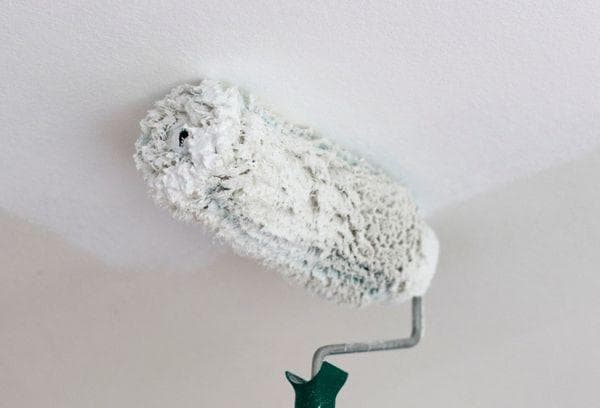
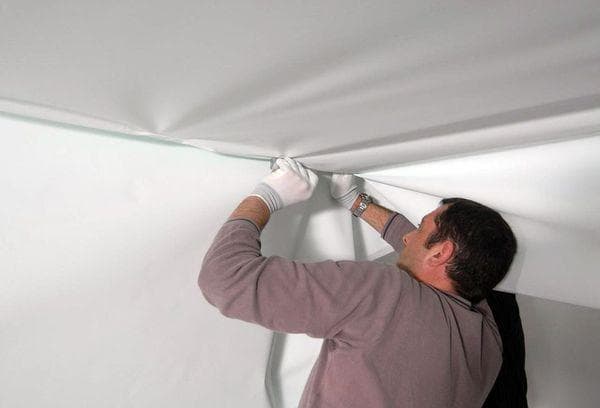
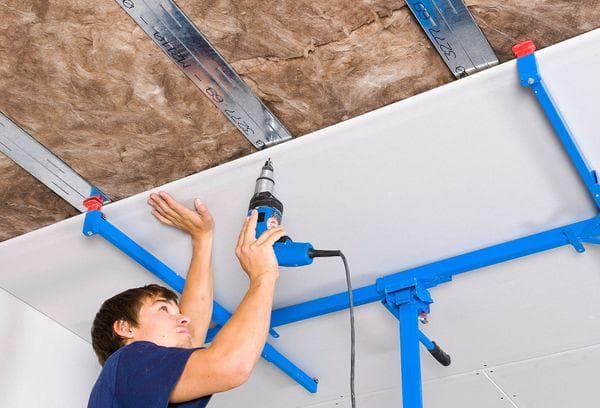
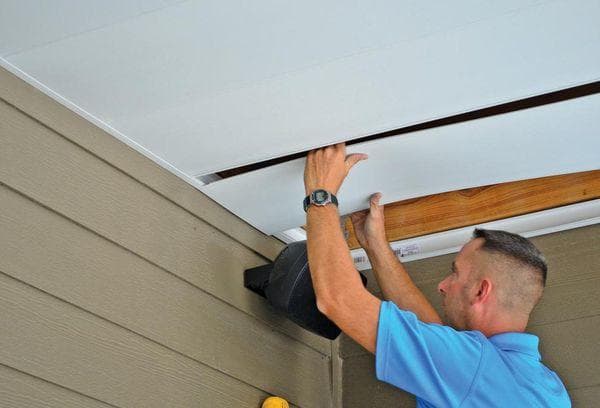
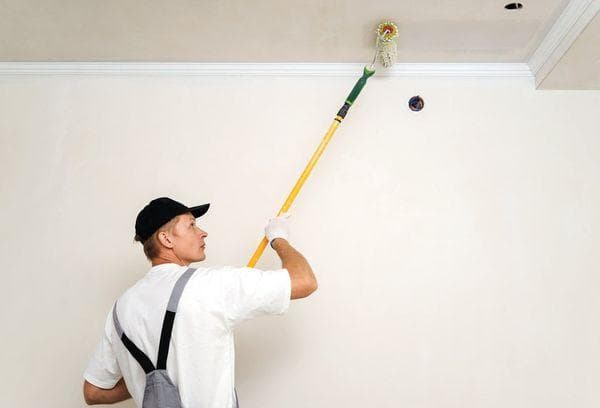
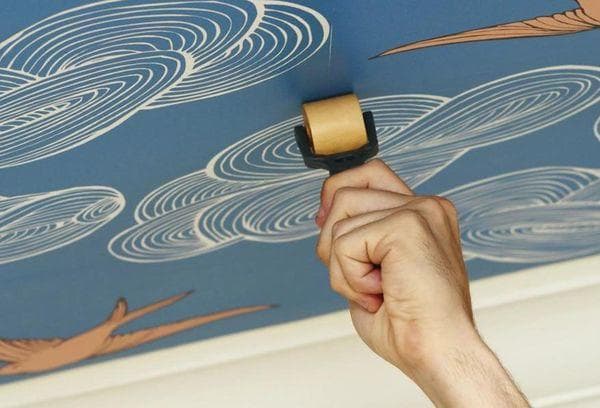
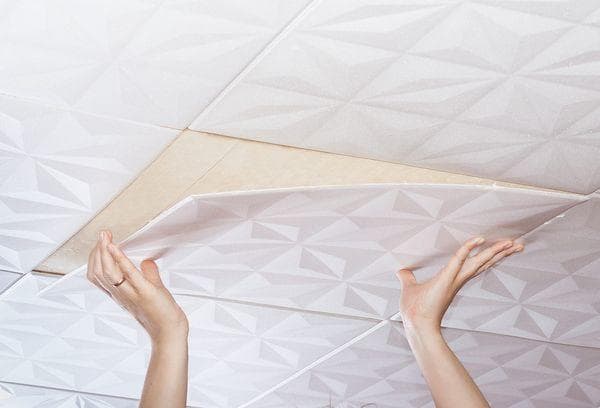
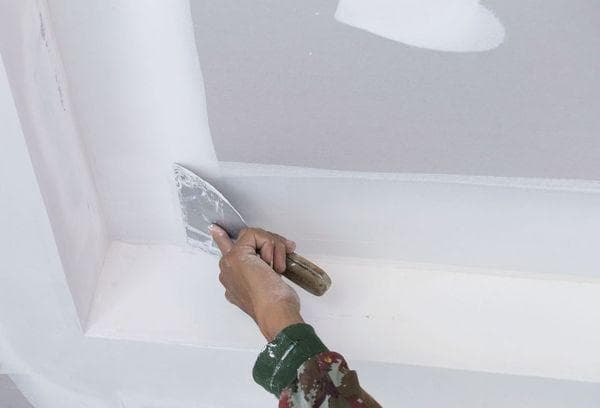
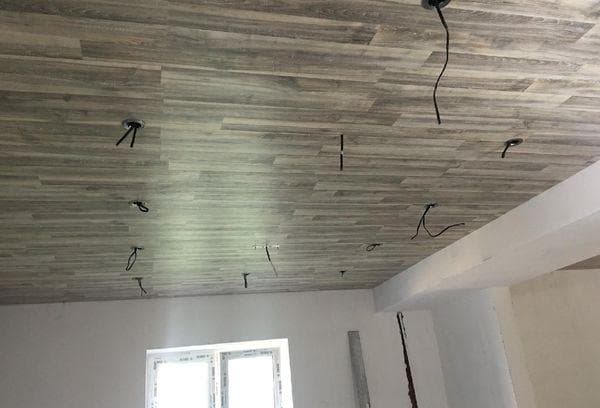
The best option is to level the ceiling and paint or whitewash it, environmentally friendly, reliable and budget-friendly
In the two-room apartment, except for the bathroom and toilet, the ceilings are painted with water-based emulsion.
I completely agree with Nina
Water emulsion - you can't think of anything better.
Tensioners are the best option. Everywhere except the bathroom. Regular white, matte. And the price is reasonable and durable. Perfect for those who took a new apartment without renovation - they tightened it and no problems.